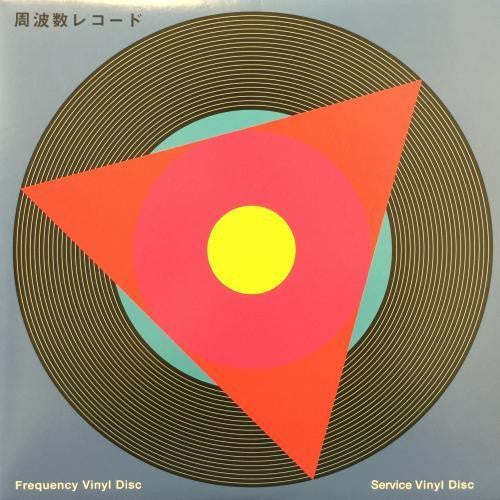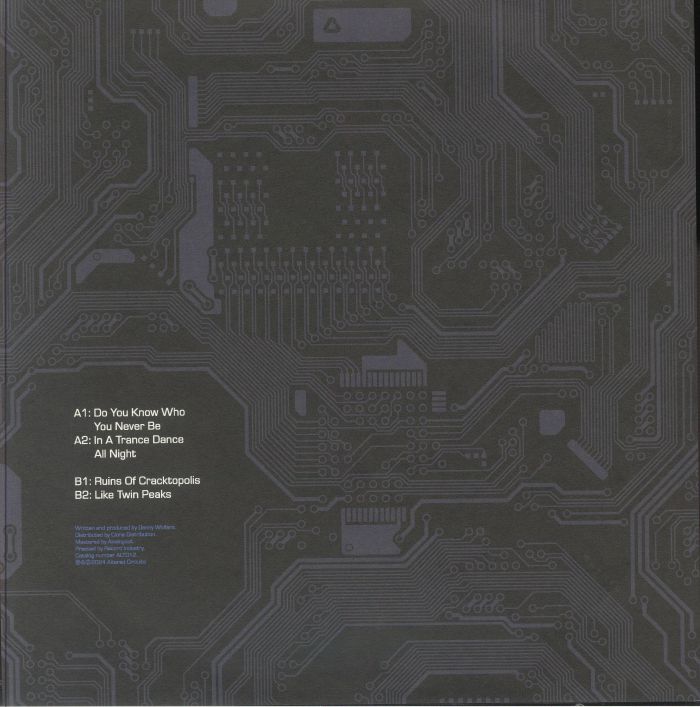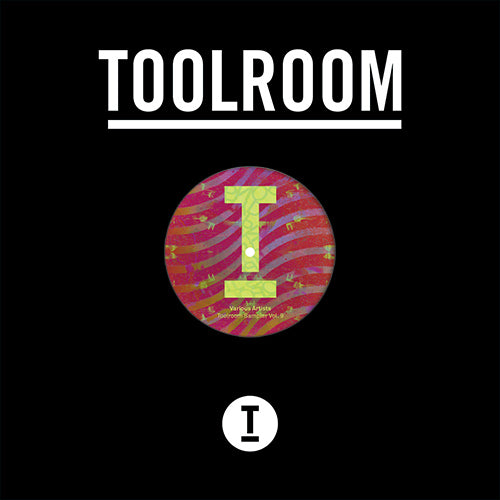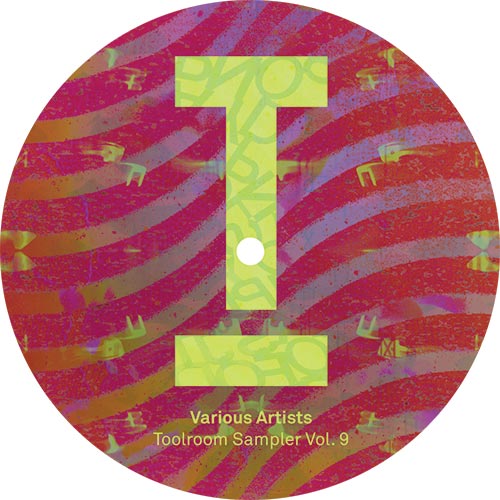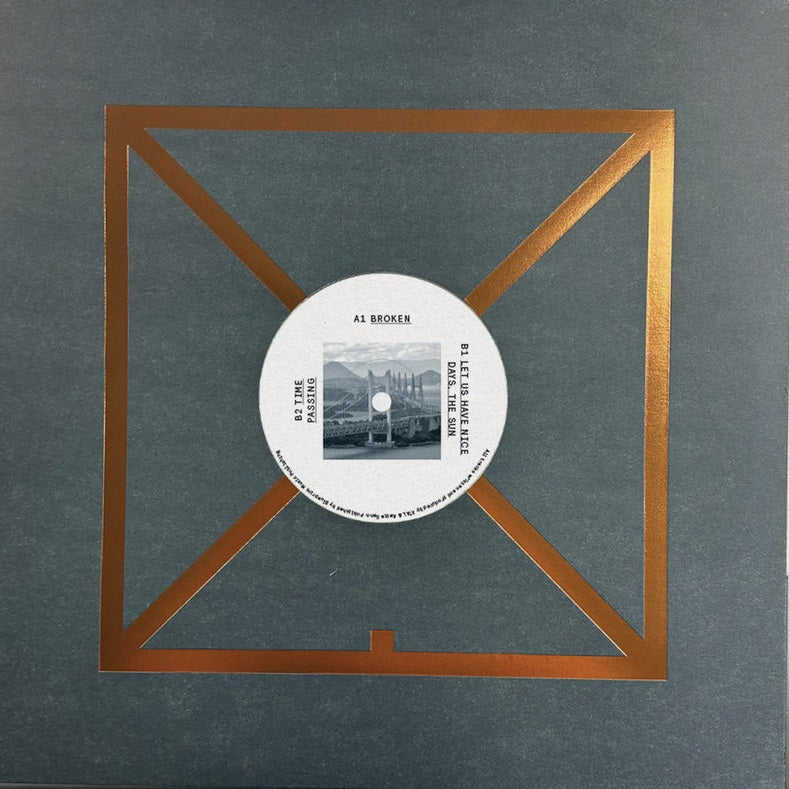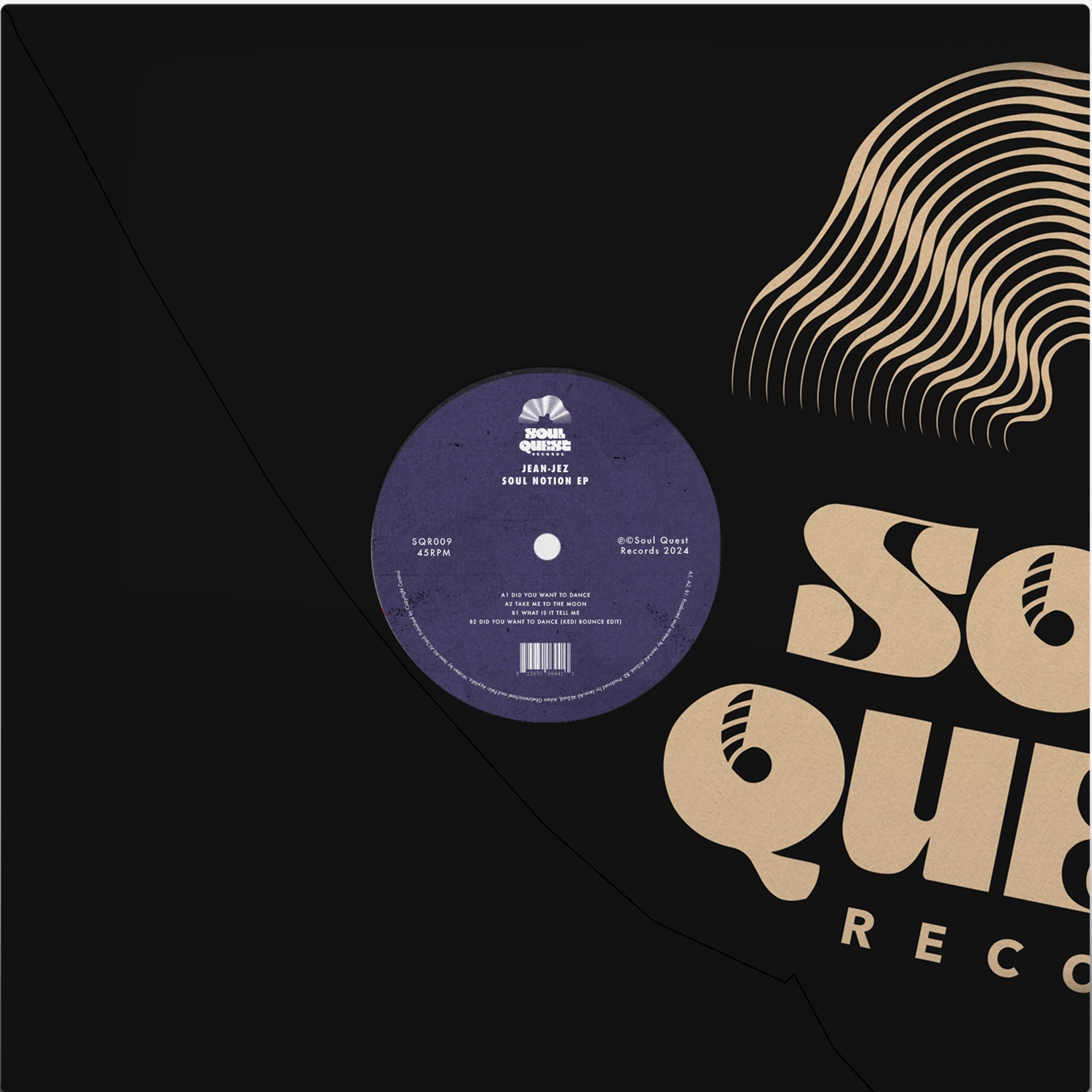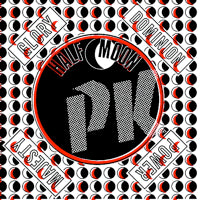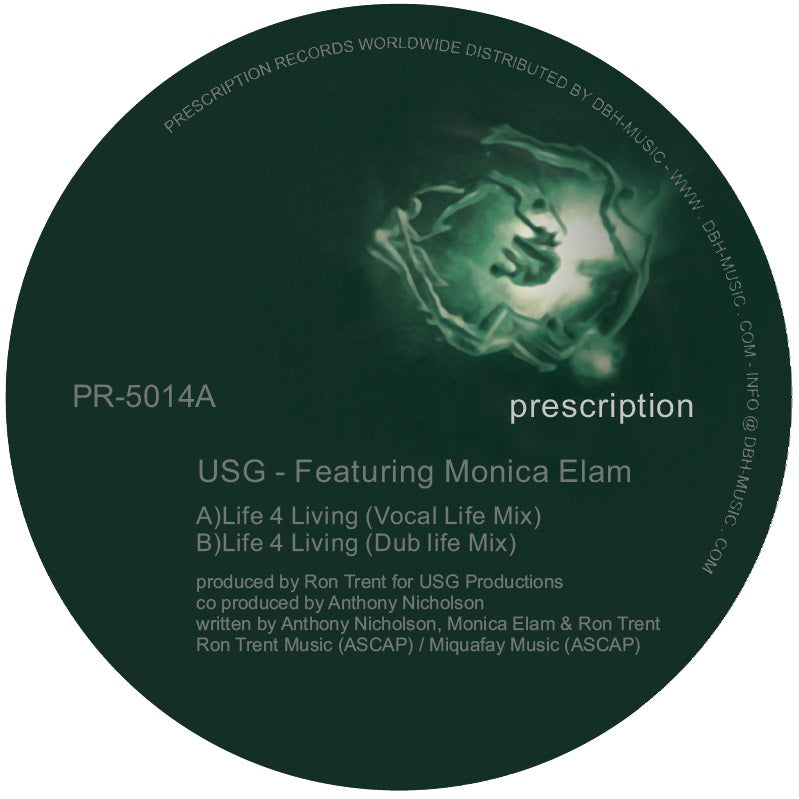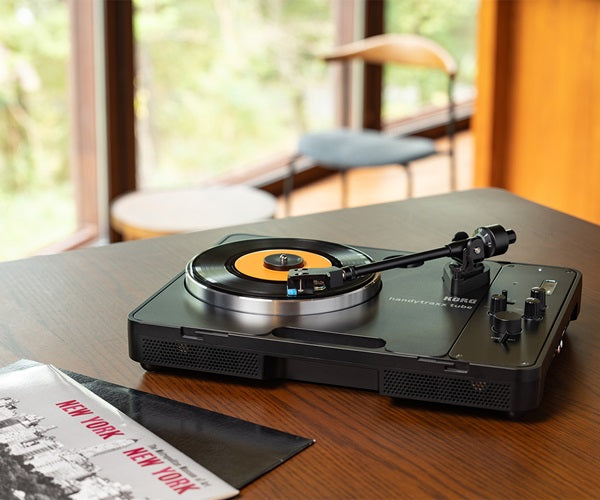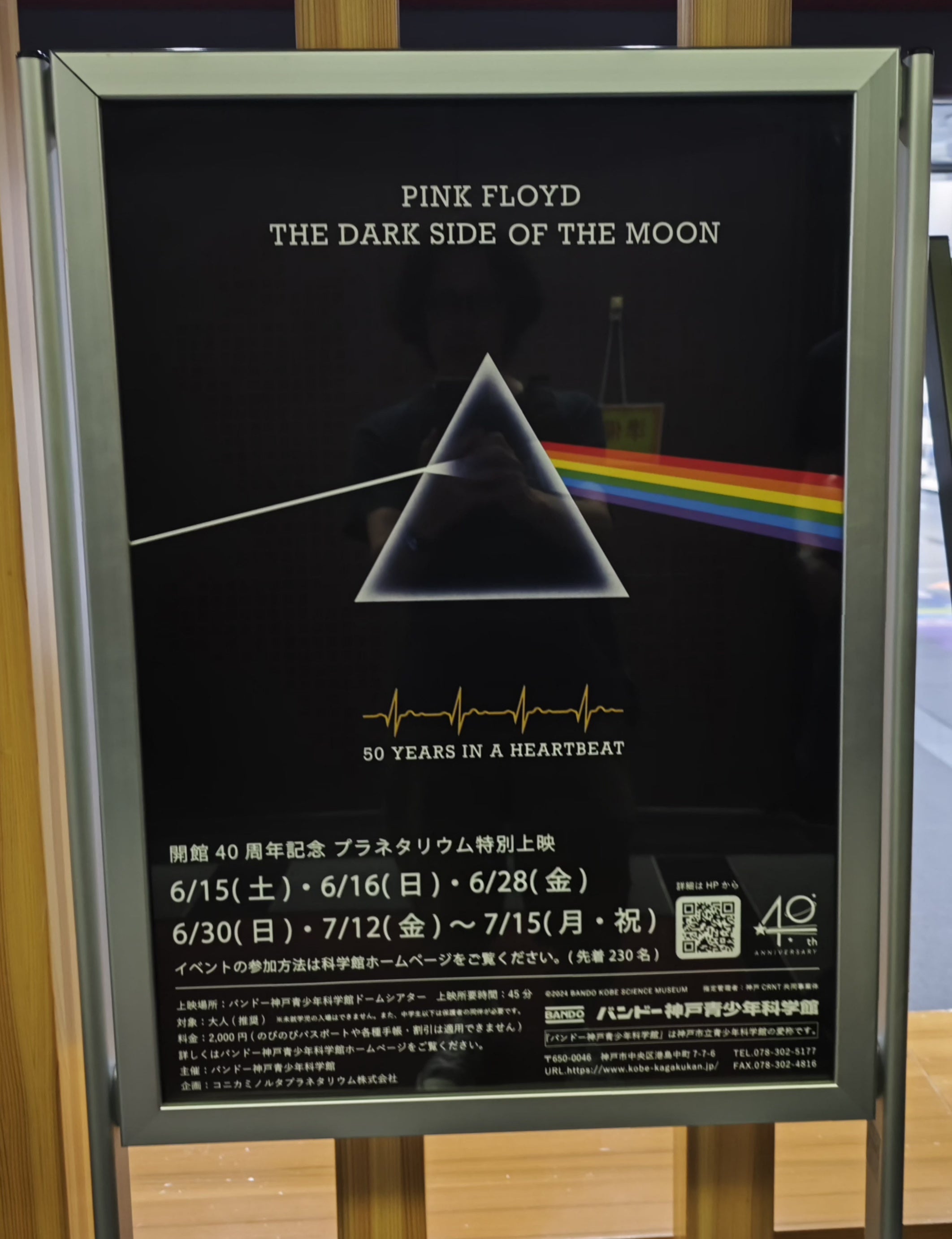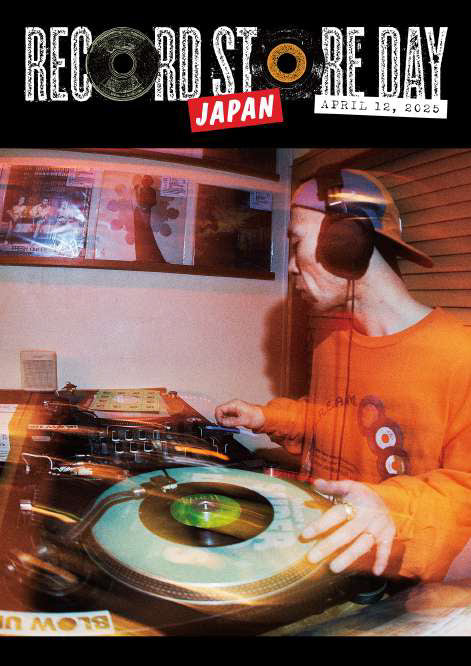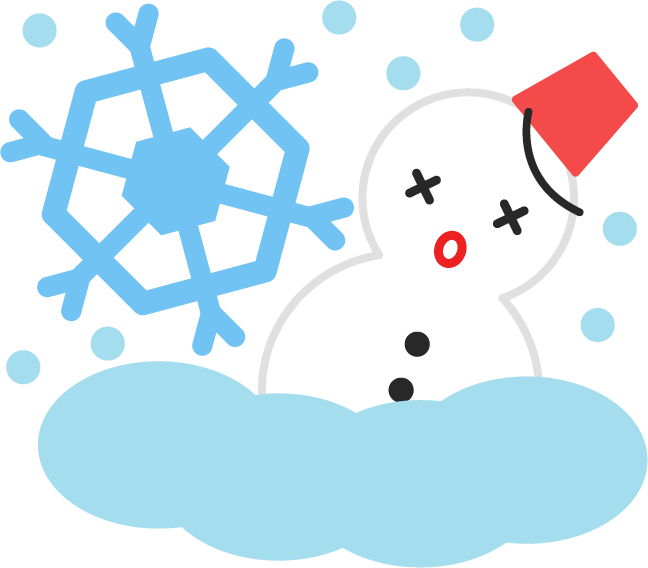Description
A must-have for DJs/listeners who are particular about sound quality! An analog LP containing many reference sound sources for correcting and adjusting turntables, DJ mixers, and sound systems!
Side A
1. Left/right balance (1:35)
First, check the left/right balance. Since the click sounds are recorded on the left and right sides with the same volume, adjust the level knob of the playback device so that the click sound can be heard from the center when listening from the front. Then confirm with another click.
2. Phase characteristics (1:32)
Check the phase for correct polarity on your stereo equipment. I will listen to white noise three times in the order of reverse phase and positive phase, so please check it. When the phase is normal, the white noise sound is heard from the center, and when the phase is reversed, it is heard separately outside the speaker.
3. 1kHz (0:35)
1kHz reference tone. This sound is said to be the reference level of the playback equipment. It is used for checking the output voltage and S/N ratio.
4. Crosstalk (1:10)
Check for left/right crosstalk on playback equipment. A 440 Hz A sound (radio time signal sound) is initially played on the left channel for 15 seconds. Check how much this sound leaks into the light channel. The less sound leaks, the better the crosstalk. Then run it for 15 seconds on the light channel as well. Check how much it leaks into the left channel.
5. Uneven rotation (2:23)
In order to check the "rotational unevenness" of the turntable, a 3kHz sound is played for 120 seconds. A turntable with little "rotational unevenness" allows you to hear sound at a constant pitch. When there is a lot of unevenness, it sounds unstable.
6. Standing Wave (1:43)
Check out Standing Waves in the listening room. Since it varies continuously from 20Hz to 1kHz, it can be said that there are few standing waves if the volume is uniform.
7. No recording groove (0:45)
A non-recording groove for checking the noise-to-signal level ratio of the entire device. You can also use it to check for turntable rumble or hum.
8. Frequency response Treble frequency response (1:53)
15kHz, 10kHz, 9kHz, 8kHz, 7kHz, 6kHz, 5kHz, 4kHz, 3kHz, 2kHz, 1kHz
Bass frequency response (1:33)
1kHz, 800Hz, 500Hz, 400Hz, 300Hz, 200Hz, 100Hz, 70Hz, 50Hz
9. Special appendix: sound effects 1. Table tennis (1:00) 2. Helicopter (0:30) 3. Racing car (0:30) 4. Steam locomotive (0:30) 5. Truck (0:30)
Side A
1. Left/right balance (1:35)
First, check the left/right balance. Since the click sounds are recorded on the left and right sides with the same volume, adjust the level knob of the playback device so that the click sound can be heard from the center when listening from the front. Then confirm with another click.
2. Phase characteristics (1:32)
Check the phase for correct polarity on your stereo equipment. I will listen to white noise three times in the order of reverse phase and positive phase, so please check it. When the phase is normal, the white noise sound is heard from the center, and when the phase is reversed, it is heard separately outside the speaker.
3. 1kHz (0:35)
1kHz reference tone. This sound is said to be the reference level of the playback equipment. It is used for checking the output voltage and S/N ratio.
4. Crosstalk (1:10)
Check for left/right crosstalk on playback equipment. A 440 Hz A sound (radio time signal sound) is initially played on the left channel for 15 seconds. Check how much this sound leaks into the light channel. The less sound leaks, the better the crosstalk. Then run it for 15 seconds on the light channel as well. Check how much it leaks into the left channel.
5. Uneven rotation (2:23)
In order to check the "rotational unevenness" of the turntable, a 3kHz sound is played for 120 seconds. A turntable with little "rotational unevenness" allows you to hear sound at a constant pitch. When there is a lot of unevenness, it sounds unstable.
6. Standing Wave (1:43)
Check out Standing Waves in the listening room. Since it varies continuously from 20Hz to 1kHz, it can be said that there are few standing waves if the volume is uniform.
7. No recording groove (0:45)
A non-recording groove for checking the noise-to-signal level ratio of the entire device. You can also use it to check for turntable rumble or hum.
8. Frequency response Treble frequency response (1:53)
15kHz, 10kHz, 9kHz, 8kHz, 7kHz, 6kHz, 5kHz, 4kHz, 3kHz, 2kHz, 1kHz
Bass frequency response (1:33)
1kHz, 800Hz, 500Hz, 400Hz, 300Hz, 200Hz, 100Hz, 70Hz, 50Hz
9. Special appendix: sound effects 1. Table tennis (1:00) 2. Helicopter (0:30) 3. Racing car (0:30) 4. Steam locomotive (0:30) 5. Truck (0:30)
[S-524612]
You may also like

CROSSTOWN REBELS (UK)
VA (TOTALLY ENORMOUS EXTINCT DINOSAURS) / GET LOST VI (3 x 12inch)
Sale price¥3,950 JPY
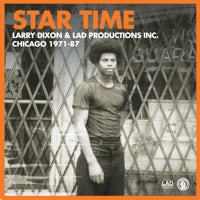
PAST DUE(UK)
LARRY DIXON / STAR TIME-LARRY DIXON & LAD PRODUCTIONS INC.1971-87 (4xLP BOX)
Sale price¥7,790 JPY

